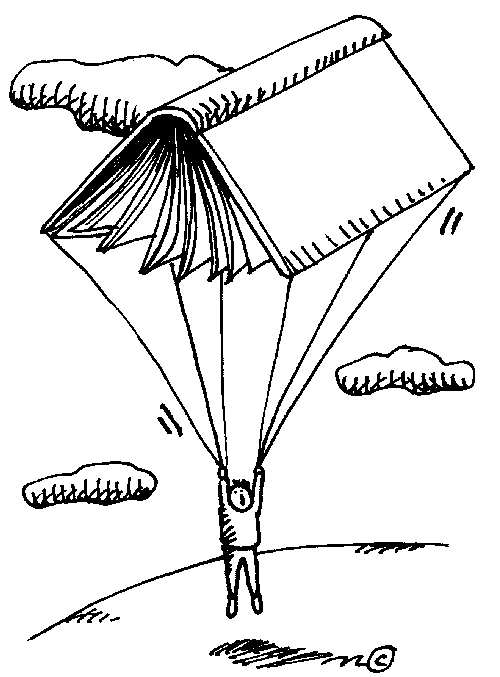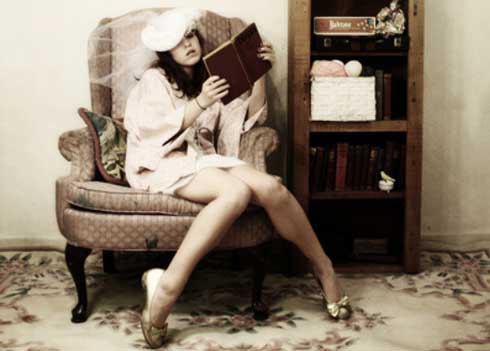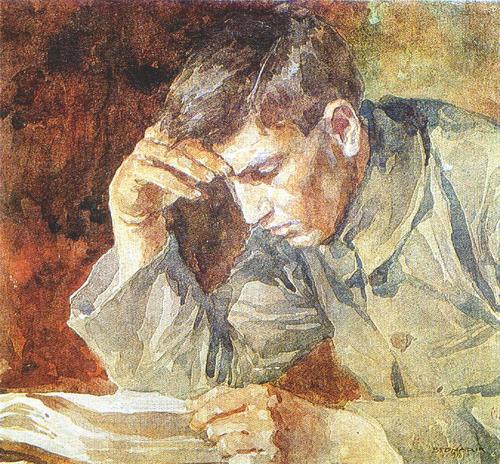Potential Novels of Interest:
http://contemporarylit.about.com/od/readinglists/tp/yaBooks.htm
http://www.ala.org/yalsa/booklists/bbya
http://www.goodreads.com/list/show/43.Best_Young_Adult_Books
http://flavorwire.com/77501/top-10-young-adult-lit-picks
Please consider the standards presented for formulating a response to the task provided for you and your child in respect to the next reading assignment for the remainder of the academic year.
Suggested Criteria for selecting an Independent Novel:
1. of the first or highest quality, class, or rank: a classic piece of work
2. of or pertaining to Greek and Roman antiquity, esp. with reference to literature and art
3. of enduring interest, quality, or style
4. an author or a literary work of the first rank, esp. one of demonstrably enduring quality
5. an author or literary work of ancient Greece or Rome.
6. an artist or artistic production considered a standard.
7. a work that is honored as definitive in its field
8. something noteworthy of its kind and worth remembering
| There is a strong consensus among the English Department at Brunswick High School to teach strong literature. Students will be assigned to read possibly as many as thirty-two titles spanning their four years enrolled in English classes at Brunswick High school. Your child is presented with an opportunity to select a novel of interest to read during the remainder of the fourth quarter. The novel must be endorsed by you in order for the student to be allowed to read the book of interest. The novel should be suitable for your child’s reading ability.I encourage you to be involved in the selection of the novel. I have provided several lists for your consideration; your child is not limited to this list if another title is desired, however, the reading must be consistent with the definitions presented above (particularly the bold language), and must be intended for a young adult reader. I rely entirely upon your guidance in determining the appropriateness of the novel’s content for your child and yes, I do appreciate the consideration that this initial task may involve.The first required task of your child is to have you sign the consent form provided and to return it for our next class. I thank you, in advance, for your cooperation and I hope that this assignment may provide you with an opportunity to engage in a literary discussion with your child.Respectfully, Hugh Dwyer |
| PARENT PERMISSION FORMI give my permission for my child, _______________________,to read ______________________________________ written by______________________________________________.Parent/Guardian signature: ___________________________
Date: __________________ |
After the student has selected and read the novel, he/she must demonstrate their comprehension through the following process.
KEYNOTE
Your keynote is to be created with attention to appearance and the ability to tastefully enhance the information required within the presentation. Any development that enhances your effort in this respect is encouraged.
On your power point you will include:
- A thoroughly composed biography of the author, including a picture of him/her along with any other pertinent history. 10 percent
- Freytag Pyramid summary of the story’s plot. You are required to write a thorough summary of the novel’s development according to the terminology emphasized along with Freytag’s Pyramid. Each summary should be accompanied by an illustration that helps to depict the mood of the novel’s development. 60 percent
| Gustav Freytag was a Nineteenth Century German novelist who saw common patterns in the plots of plays, stories and novels and developed a diagram to analyze them. He diagrammed a story’s plot using a pyramid like the one shown here in this link: Freytag’s PyramidFreytag’s Pyramid1. Exposition: setting the scene. The writer introduces the characters and setting, providing description and background.2. Inciting Incident: something happens to begin the action. A single event usually signals the beginning of the main conflict. The inciting incident is sometimes called ‘the complication’.3. Dramatic Question: the question that is revealed in the reader’s mind, prompted by the inciting moment
4. Rising Action: the story builds and gets more exciting. 5. Crisis Situation: the moment that includes events leading to the reader’s comprehension that the protagonist will soon confront his/her final conflict. 6. Climax: the moment of greatest tension in a story. This is often the most exciting event. It is the event that the rising action builds up to and that the falling action follows. 7. Falling Action: events happen as a result of the climax and we know that the story will soon end. 8. Dénouement: (a French term, pronounced: day-noo-moh) the ending. At this point, any remaining secrets, questions or mysteries which remain after the resolution are solved by the characters or explained by the author. Sometimes the author leaves us to think about the THEME or future possibilities for the characters. You can think of the dénouement as the opposite of the exposition: instead of getting ready to tell us the story by introducing the setting and characters, the author is getting ready to end it with a final explanation of what actually happened and how the characters think or feel about it. This can be the most difficult part of the plot to identify, as it is often very closely tied to the resolution. |
3. You will conclude your power-point with a discussion of a controversial theme expressed in the novel’s content. Your discussion should provide specific passages from the novel (with page reference) to support your discussion. An introduction and a conclusion is required as well. 30 percent
A. What was the controversy that you observed?
B. What is the author’s attitude toward the controversy?
C. What is your attitude toward the controversy?



